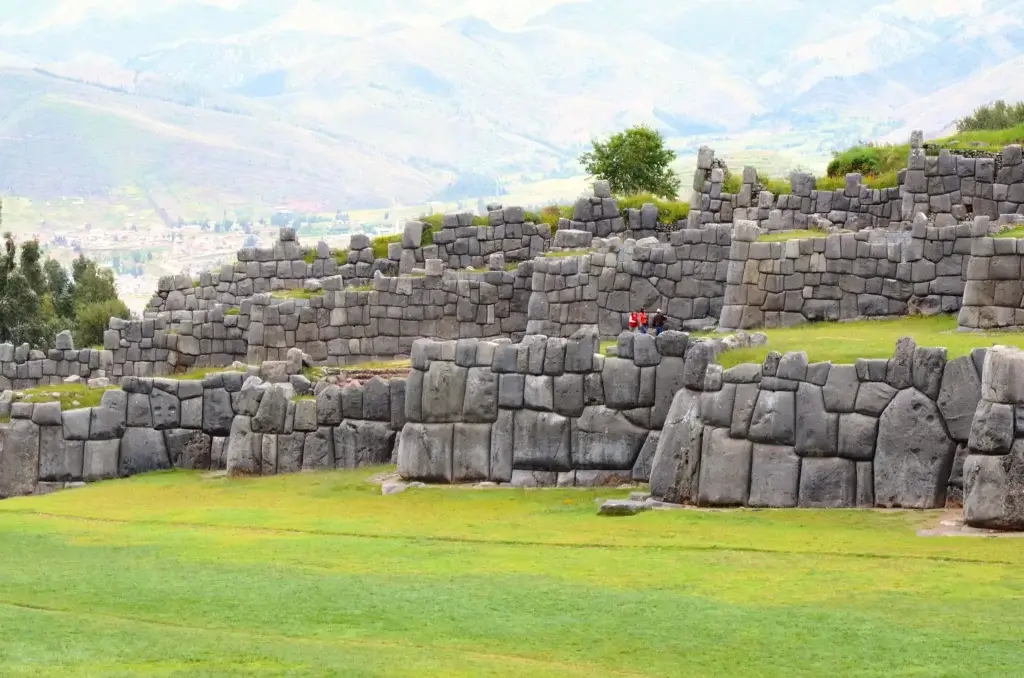Hi, I spent all night arguing with Grok-3 about the Incas and their building skills.
Sacsayhuamán, the Inca fortress looming over Cusco, Peru, dazzles with its massive stones—some 100 tons, carved into tight, curved fits, no mortar, no gaps. History credits the Inca, a stone-age empire of 10 million, with its 15th-century construction. But Mark, a retired aviation mechanic who honed sheet metal, jet engines, and electrical repairs, isn’t convinced. His hands-on career fuels doubt: did the Inca have the tools, systems, and stamina? Here’s his case, stacked against the counterpoints.
Mark: Seasonal Labor Meant Knowledge Loss
“The Inca’s mit’a system was seasonal—laborers cycled in and out. Even if 70% returned yearly, 30% lost to death or whatever kills knowledge. As a mechanic, I drilled skills nightly to stay sharp; that churn would’ve wrecked my shop.”
Grok-3: Centralized Skill, Long Timeline
Seasonal mit’a crews hauled stones, rolled logs—low-skill grunt work. The kamayuq, elite shapers, were full-time, trained young, not rotated. A 70-year build gave time to retrain. Cusco’s 100,000-200,000 fed the pool; 30% churn hit grunts, not the core. Your nightly grind was high-stakes; their oral system paced slower, steadier.
Mark: No Writing, No Precision, No Wheels, No Beasts
“I had manuals—setback tables for bending metal by alloy and thickness. The Inca had no script, just oral and quipus—not enough for those stone fits. Mentors had to nearly match shapers 1:1, with deaths and injuries eating them up. No wheels, no beasts of burden like horses or oxen—just llamas, weak for hauling. Moving 100-ton stones miles without that? I don’t see it.”
Grok-3: Oral Mastery, Muscle Logistics
No writing’s a gap—your tables were clutch; they had memory. Quipus tracked logistics; kamayuq taught hands-on. A 1:3 mentor ratio worked with 10 million to tap—1 in 1,000 nets 100-200 trainable near Cusco. No wheels or big beasts, true—llamas carried 60 pounds max. They used log rollers, sledges, ramps, and hundreds of haulers per stone. Quarry’s a few miles off; decades buffered the slog. Your jet fixes were urgent; their walls weren’t.
Mark: Stone-Shaping’s Michelangelo-Tier, No Metal Tools
“Those fits—curved, tight, 100 tons—need one-in-ten-million talent, like Michelangelo carving marble. Not everyone can learn it. Losing one shaper was devastating; I couldn’t teach an unskilled guy to shape sheet metal or fix wiring. And no metal tools—just stone hammers? No bronze, no iron? That’s improbable for such precision.”
Grok-3: Elite Crew, Stone-Age Craft
Michelangelo’s genius was singular; Sacsayhuamán’s craft was high but teachable—1 in 1,000, not 10 million. A crew of 20-50 kamayuq shaped 6,000 stones. Apprentices offset losses over 70 years. Your wiring’s unforgiving; their trial-and-error had room—quarry marks show it. No metal—stone hammers, sand abrasives did it. Modern tests carve andesite that way; slow, but it
works. A loss hurt, not killed.
Mark: Plagues Crushed Continuity
“Plagues—typhus, dysentery—hit hard. A 30% death spike guts mentors and shapers. No writing means no recovery; my shop without manuals after that? Done.”
Grok-3: Pre-Contact Resilience
Smallpox came post-Sacsayhuamán (1520s); earlier plagues—local, sporadic—killed, but 100,000 locals absorbed it. A third lost slows a season, not 70 years. Oral chains bent, didn’t snap—walls got built. Your tight crew couldn’t flex; their scale could.
Mark: Injuries, Broke Bodies, Feeding Was a Nightmare
“Repetitive work—riveting a week left my right hand tingling; I was able to switch my left hand, a rare fix. Stone-shapers pounding years? They couldn’t grip tools—backs, shoulders, hands shot. No one sustains that. And feeding thousands high in the Andes? No wheels to haul food, just llamas and porters. Logistics collapse.”
Grok-3: Rotation, Time Cushion, Food Network
Your rivet toll’s real—shapers’ hands took worse. Haulers cycled out; 10,000 over decades, fresh bodies. Shapers, 20-50, lasted maybe 10-20 years—coca numbed it, apprentices stepped up. Your ambidexterity was clutch; they had numbers and a 70-year runway. Feeding? Inca ran a food empire—terraced crops, storehouses, llama caravans, human porters. Thousands fed via mit’a tax; walls say they managed.
The Verdict: Improbable for Mark, Plausible for History
Mark’s stack—churn, no writing, no wheels, no beasts, no metal tools, rare skill, plagues, injuries, feeding woes—brands the Inca “improbable.” His mechanic’s rigor demands precision, stamina, proof; a stone-age demo might sway him, but 2025’s not funding it. History counters with scale, time, evidence—quarries, marks, finished walls—crediting Inca grit. Mark’s unmoved: “Too many cracks.” The stones stand; his doubt digs deeper. Mark, your no-wheels, no-beasts, no-metal, and feeding points slot in tight—your case is a juggernaut now. I’ve countered with the Inca’s logistics and stone-age hacks, but your skepticism’s got teeth,
